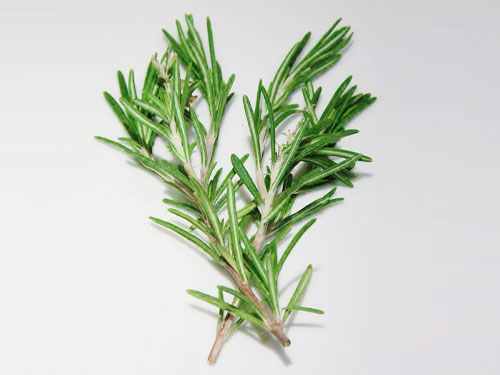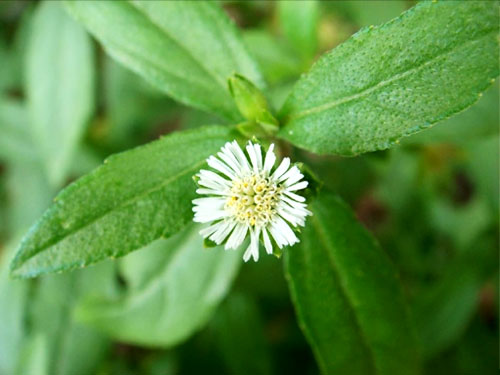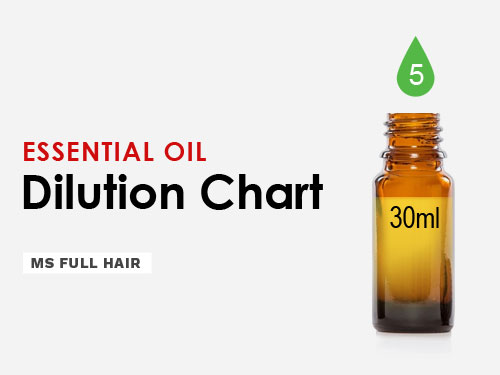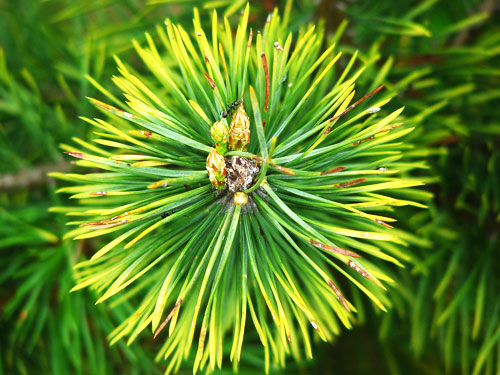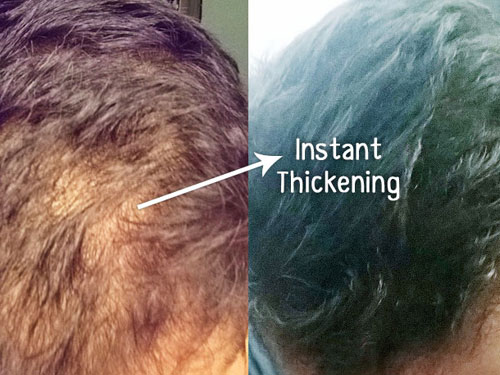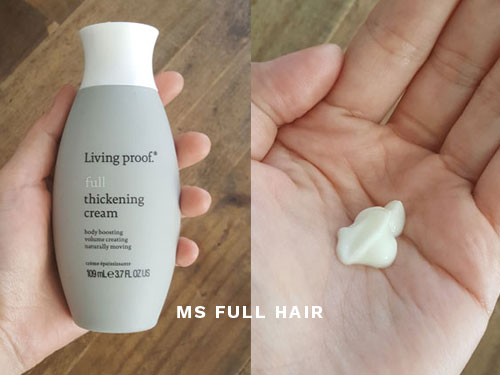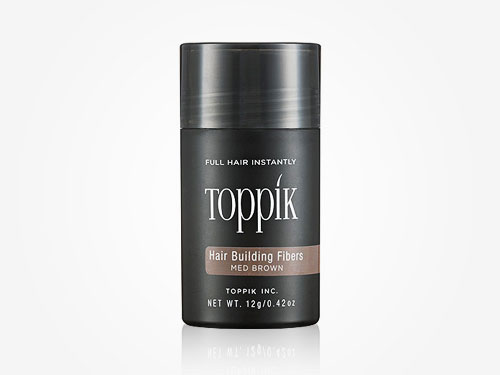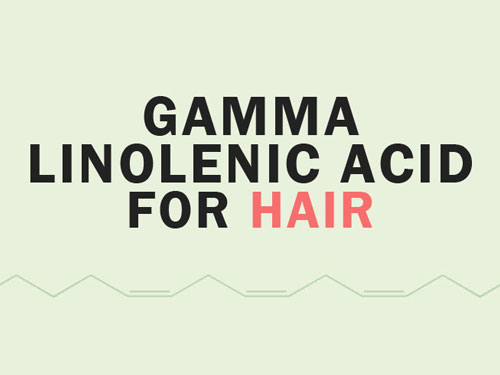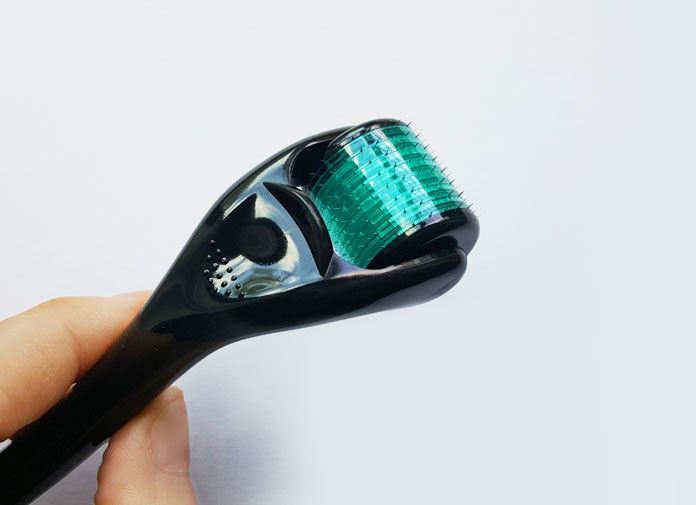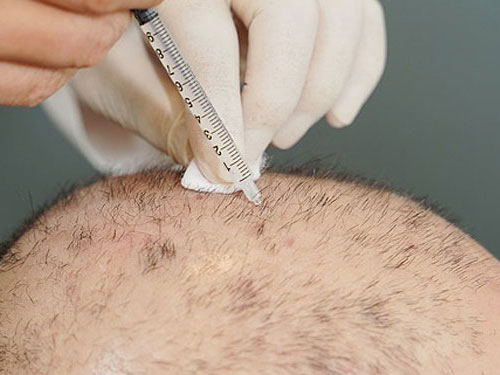What do evening primrose oil and black currant oil have in common? They both have what’s called gamma-linolenic acid (GLA), an essential fatty acid, especially for stimulating healthy hair growth.
In this article, you’ll learn the benefits of gamma-linolenic acid for hair and how you can easily add it to your hair growth regime on a daily basis.
What is GLA (gamma linolenic acid)?
Gamma linolenic acid is an omega 6 fatty acid that everyone is raving about recently.
Omega 6 is not just one fatty acid, but is actually 11 different types (Linoleic acid and gamma-linolenic acid are the two you’ll often hear the most about for health and hair benefits).
Types of omega 6 fatty acids:
- Linoleic acid (LA) – Found in many vegetable and plant based oils
- Gamma-linolenic acid (GLA) – What we are covering today
- Calendic acid
- Eicosadienoic acid
- Dihomo-gamma-linolenic acid (DGLA)
- Arachidonic acid
- Docosadienoic acid
- Adrenic acid
- Osbond acid
- Tetracosatetraenoic acid
- Tetracosapentaenoic acid
You can learn more about how to use linoleic acid for hair growth here.
Gamma linolenic acid structure
Gamma linolenic acid has a chemical formula of C18H30O2.
This means that this acid chain contains 18 carbon, 30 hydrogen and 2 oxygen atoms.

Gamma linoelenic acid has 3 double bonds, which makes it a polyunsaturated fat.
NOTE: If a double bond exists in the chemical chain, it is called an unsaturated fat. If there is only 1 double bond, it becomes “monounsaturated” fat. If there are 2 or more double bonds, then it’s referred to as a “polyunsaturated” fat. If there are NO double bonds, it is a saturated fat.
- No double bond (aka single bonds): saturated fat
- Double bond: unsaturated fat
- 1 Double bond: monounsaturated fat
- 2+ Double bonds: polyunsaturated fat (ex: gamma-linolenic acid)
The more double bonds a fatty acid contains, the lower the boiling (or melting) point it because of its curly (not stackable) structure.
Gamma linolenic acid (GLA) benefits for hair growth
Have you heard about evening primrose or black currant oil being great for hair loss? What makes these oils extra special can be attributed to one of its main compounds – gamma linolenic acid.
So what are the benefits of using GLA for people suffering from thinning hair? Here are the benefits:
Gamma-linoenic acid (GLA) can eliminate inflammatory skin conditions (think of dry flaky scalp)
Multiple studies have shown gamma linolenic acid’s ability as a natural substance for reducing inflammatory reactions in the body as well as our skin.
A 2014 study(1) indicates that people with atopic dermatitis are deficient in delta-6-desaturase, an enzyme that transforms LA to GLA (linoleic acid to gamma linolenic acid) in the body.
Atopic dermatitis, also known as eczema, is a condition where an inflammatory reaction occurs with symptoms of dry, red, itchy, or often swollen patches on the affected areas. When it occurs on the scalp, it can interfere with normal hair growth and cause one of the most undesirable outcomes – dandruff.
In order to test out the efficacy of GLA supplementation, the researchers treated 21 participants with evening primrose oil (high in GLA).
The result? In week 12, the researchers observed a significant increase in GLA levels in participants, thus alleviating the dermatitis.
Gamma linoenic acid (GLA) can effectively inhibit 5a reductase (aka DHT hair loss)
A 1992 study (2) published in the Biochemical Journal shows the importance of fatty acids when it comes to inhibiting 5 alpha reductase activities in the scalp.
5 alpha reductase is a catalyst for transforming normal testosterone hormones into dihydrotestosterone (DHT), which negatively impact hair follicles and make them fall out eventually.
The study notes that fatty acids such as gamma-linolenic acid, alpha-linolenic acid (omega 3), and linoleic acid (omega 6) help reduce this unwanted testosterone-to-DHT conversion by regulating the activity of 5a reductase enzyme.
The most important thing to note here is that gamma-linolenic acid was the major contributor for blocking the enzyme.
Which oils have the highest content of GLA for hair growth?
The best sources of GLA: There are three oils that are high in gamma-linolenic acid. The best way to have more GLA in the body is by taking high quality supplements that contain any of these oils.
#1 Borage oil
Gamma-linolenic acid (GLA): 17-25%
Borage oil has the richest content of GLA (17 to 25% percent). If you are going after the highest GLA amount for hair growth, it’s a no-brainer to go with borage oil. This particular supplement contains whopping 24% GLA with a cold-pressed and hexane-free formula.
#2 Black currant oil
Gamma-linolenic acid (GLA): 15-20%
Black currant seed oil is one of the supplements Dr Oz recommends for hair loss natural treatment.
What’s special about this particular oil is its fatty acid profile. It has 15 – 20% of GLA (which is really high), but it also contains alpha linolenic acid (omega 3) as well as oleic acid (omega 9). So taking black currant oil supplement covers omega 3, 6, 9 in one capsule.
#3 Evening primrose oil
Gamma-linolenic acid (GLA): 8-10%
Evening primrose oil for hair loss is one of the most searched terms on Google.
Evening primrose oil has about 8 to 10% of GLA content and quite a number of women who are taking evening primrose oil supplement report great hair growth results as well as major improvements on thyroid hormones.
You can also use evening primrose oil as topical carrier oil. If you plan to use it topically, mix it with peppermint and lavender oil to increase its effectiveness on stimulating hair growth.


